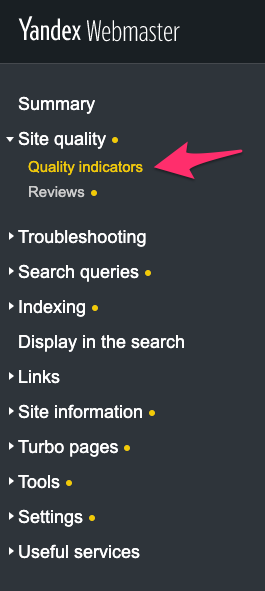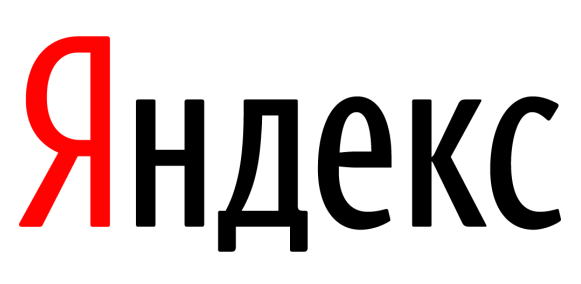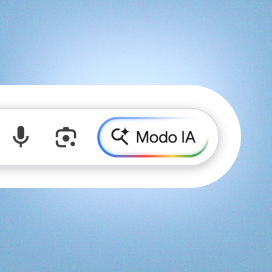Written by Anastasia Kurmakaeva
Index
A few years ago, we talked on the blog about Yandex’s TCI – the Thematic Citation Index, a metric that, in a nutshell, measured the reputation and authority of a website. Well: that index became obsolete in mid-2018, after almost 20 years of operation, to be replaced by a new indicator called “SQI” or “Site Quality Index“(Индекскачествасайта in Russian), which, for practical purposes, serves the same purpose.
The difference is that the SQI has come to adapt to the new times and covers a much broader list of factors than the now defunct TIC, whose value was based – to a large extent – on the mentions a website obtained from other portals.

Today, nearly two years after the launch of the new index and following its final release of the BETA version in November 2019. We are going to see what it is, how it is measured, how it has evolved, what aspects it takes into account and how we can consult it, both for our website and for those of our competitors, among other interesting data.
What is Yandex SQI and how is it measured?
As we were saying, the SQI measures the quality of a website. It is updated and recalculated monthly. Its minimum value is 0, but its maximum value is unknown. For reference, one of Russia’s most visited news portals, ria.ru, currently scores an SQI of 61,500 and vk.com, the most used social network by Russian speakers, scores 330,000. But a somewhat more modest website, for example zootovary.ru (a pet products store operating nationwide) receives an SQI of 260. Therefore, we must always consider it within the context of our own industry and our most direct competitors in Russia.
If we stick to the explanation provided by the company itself in the help section on SQI, the indicator measures how useful your website is for users, from the point of view of the Yandex algorithm. These are the aspects that are used to calculate this index on any website:
- Audience size.
- User satisfaction with the website.
- Degree of trust of users and Yandex towards the website.
- The existence or not of violations committed by the site.
- Whether any attempt to artificially influence the SQI of the site by the site owner has been detected.
- In addition, Yandex draws on the information it obtains through its various services (search, maps, zen…), the importance of which varies depending on the business.
As you may have noticed, the factors provided by Yandex’s official sources are a bit diffuse and insufficient, and leave us with many doubts. Their position is understandable: it is logical that the company wants to avoid any attempt to artificially manipulate this indicator so that it more accurately reflects the real quality of the site.
However, there are infinite aspects that can influence the usefulness of a website and the level of user satisfaction it achieves with its contents, so we have no choice but to investigate to see what conclusions we can draw for the purpose of improving the image of a portal in the eyes of Yandex.
The SQI page on Yandex Webmaster provides the following additional information:
The better a website is tailored to users’ objectives, the more popular it is, which translates into higher positions in search results and more traffic.
This could suggest that the traffic and positioning achieved by our portal have some influence on the SQI score obtained, but not vice versa, i.e. there is no indication that the SQI value obtained directly influences the rankings.
And if we look at the badges that the tool gives us when we reach certain goals in the same section, we can see that we are on the right track in our conjectures:
In a more disaggregated manner:
- Popular website: this badge is awarded to websites that have a consistently high volume of traffic, with a loyal audience. *However, the source(s) of the traffic contemplated are not specified.
- Chosen by users: this badge is awarded to websites with a high level of engagement and loyalty, according to Yandex data.
- Secure connection: this badge is awarded to websites, most of whose traffic goes to HTTPS pages. Websites with a high volume of traffic will receive the badge.
- Turbo pages (Yandex’s AMP analog): this badge is awarded to websites that receive traffic from turbo pages, which increase loading speed on mobile devices considerably.
These data reveal that, in effect, user experience and traffic obtained take precedence in the calculation of the SQI. But what metrics and indicators should we be concerned about in this regard? In addition to the factors already observed:
- A good user experience is often reflected in the time spent on a website. Internet users are more likely to spend more time browsing a website if it is usable, the content is relevant and interesting, and navigation is intuitive. Therefore, if your pages have a high bounce rate, the time each session lasts is very short, you do not get many recurring users or the number of pages visited is very low, you should analyze your website in depth to see what is wrong: how the contents are structured, if the information provided is updated and valuable, if the navigation is intuitive…
- Good download speed and website performance, also without turbo pages, is another fundamental factor. Although Yandex has bet heavily on this technology, like Google on AMP, using them will not always be the optimal choice. Make sure that both the mobile and desktop versions run smoothly on their corresponding devices and that the quality of the user’s connection is not a determining factor in the loading of the site.
- Mentions on other websites, including social networks, while no longer as central as they were in the SQI, also contribute to boosting credibility and user trust. A portal that does not get links that recommend it can hardly be considered useful to users, and the recognition it gets will be very limited.
How to query Yandex SQI
If we want to measure the SQI of a website we own, or of a site to whose Yandex.Webmaster profile we have been granted access, it is very easy: In the Yandex webmaster tool itself, we have a section to consult it, the first one in the list, without going any further:
In this same section we can even monitor our SQI along with other websites that we consider direct competition, adding up to 19 domains, which will be 20 in total if we take into account our own.
We can even incorporate a small icon with the SQI value at the bottom of the page of our website, so that users who visit us can also see it and thus have one more indicator to rely on and confirm that we are trustworthy:
But also, if we want to check the SQI of other portals without adding them to the list of competitors in Yandex Webmaster, there are tools that check it and make it available to you, for example, this or also this, where you can enter several URLs at once and see the image that Yandex has of those portals. We can also enter the following address in the browser bar:
https://yandex.ru/cycounter?youtube.com
And replace the example domain “youtube.com” with any other domain that we are interested in checking.
How to improve this indicator
We have already seen the approximate factors that influence the calculation of the SQI, so it would be a matter of analyzing in detail the state of our own site and see the aspects with the greatest room for improvement. If we strive to offer our best, we will surely see that grade rise over time.
As we have already explained at the beginning, we have to analyze our SQI score in the context of our industry and rivals, if we are going to compare ourselves to other websites, either to know our position in the market or with the aim of finding possible optimizations to make on our website, inspired by direct competitors that obtain better results.
It is important to note that this indicator is continually being developed and updated. Like Google, the Yandex team is also constantly refining and improving its algorithm and tools. This means that we are likely to see some fluctuations in the long term, but not on a day-to-day basis.
Last remarks
One doubt that assailed many SEO managers and webmasters regarding this indicator is the Yandex team’s decision not to calculate the quality score for subdomains. That is to say, if we have hosted a blog or a portal in a subdomain -blog.domain.com or misitioweb.domain.com- the SQI score we will obtain will be that of the complete domain.
Many users are questioning it in the comments section below the new SQI announcement post on the webmaster blog. But Elena Pershina, Yandex’s top authority on all matters related to the search side, sets the record straight. And there is an important nuance in this regard: this rule does not include large platforms on which other websites are hosted as subdomains, such as blogspot.com, wordpress.com, blogger.com, etc. Therefore, if our website is hosted at “misitioweb.blogspot.com”, we would in principle get an individual SQI score for it.
However, the full list of platforms that are covered as part of this exemption has not been specified, so we do not know exactly which websites hosted on subdomains will be able to know their individual SQI. If we find out anything we will report it in this post?









